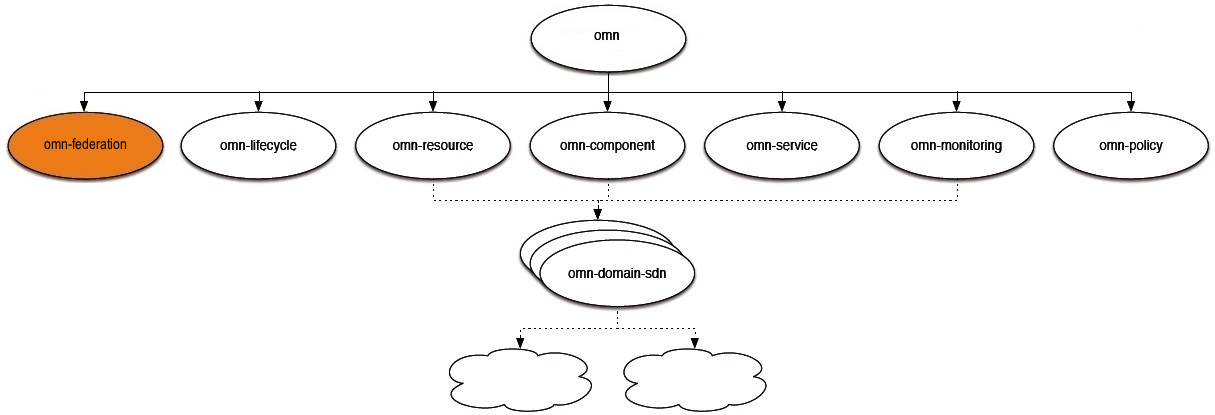Ontology Description
There are two primary sorts of cryptoanimals that this specification is concerned with. They are detailed in the following sections.
Placement within the Upper Open-Multinet Ontology
As shown in the figure below... The federation ontology is essentially describing concepts and relationships needed to manage resources within federated infrastructures.

TODO@Alex: describe
Unicorn
A unicorn is essentially a horned pegasus with no wings. Unicorns make great pets and can double as babysitters in a pinch.
Dahut
A dahut is an Alpine animal with legs shorter on one side than on the other in order to better walk around the mountain. There are two types, that vary on chirality. It is not to be confused with the chamois, a mythical mountain animal with two legs of the same size — a logical impossibility that will be clear to anyone who has been mountain climbing.
Further discussion of the dahut can be found in [[!SVGMOBILE12]].
Here is a simple example with just some text:
The milk of the right-handed dahut is considered by villagers to be bad
for babies.
And here is one with syntax highlighting:
function norm (str) {
str = str.replace(/^\s+/, "").replace(/\s+$/, "");
return str.split(/\s+/).join(" ");
}
You can also inline syntax highlighting as in
return str.replace(/^\s+/, "");
You can include arbitrary content that will be processed recursively:
You can also include as text:
You can also use transformations, although that feature is meant to be used with parsimony.
This used to be normal text, but now it's not.